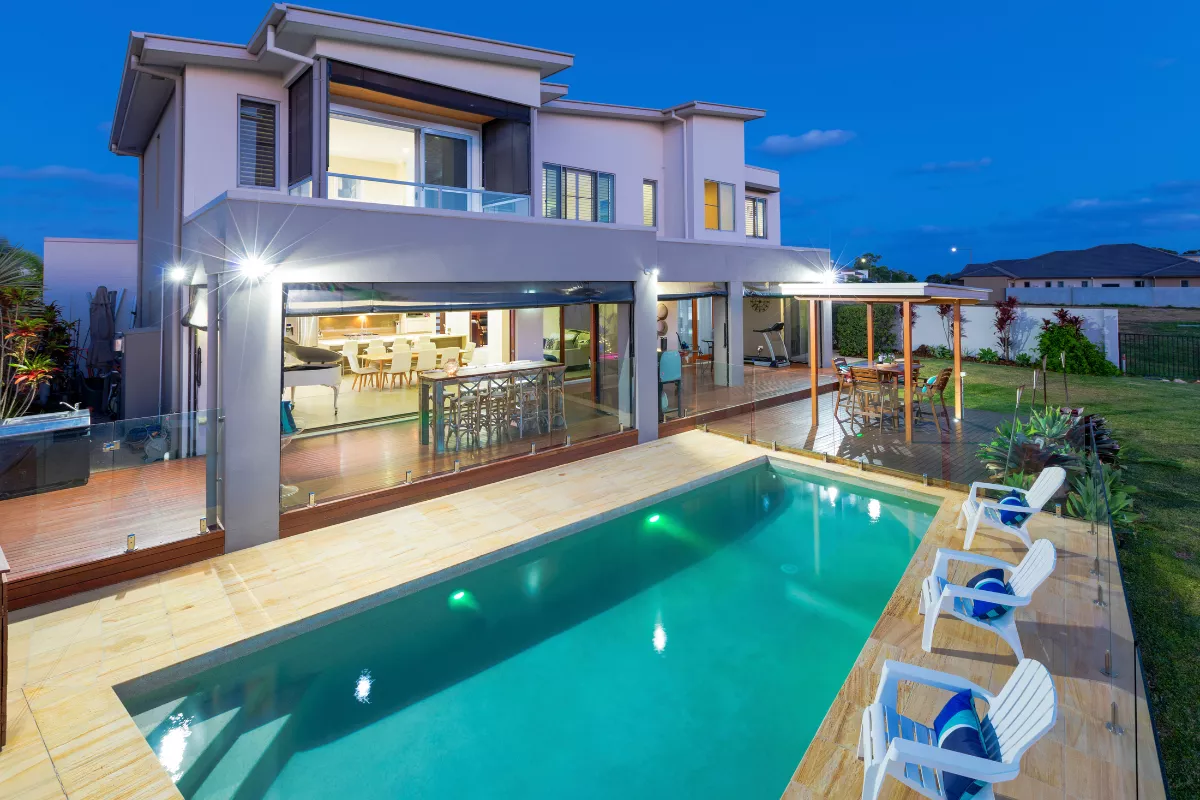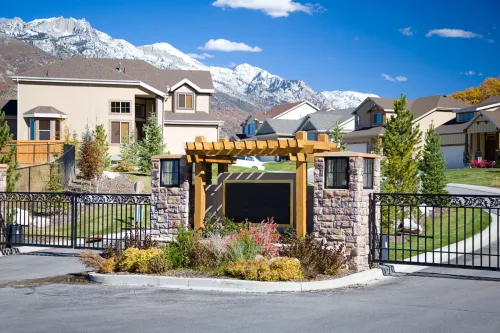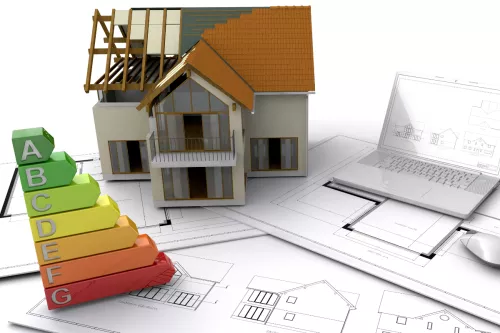Big houses have always captured the imagination of people around the world. You, yourself, have probably wondered what it would be like to live in a huge house. Those are the ones that we consider a true palace.
From sprawling estates to modern mansions, these colossal structures are more than just living spaces; they represent status, luxury, and often, architectural marvels. If you want to know a little more about big houses, explore what they are, learn which are the biggest homes on Earth, and much more, continue reading!
What Are Big Homes Called?
Big homes go by various names, each reflecting their size, luxury, and sometimes historical significance. Terms like 'mansions,' 'estates,' and 'villas' are commonly used. Mansions are often large, opulent houses that symbolize wealth and status.
Estates refer to a sizable piece of land that houses a large, significant home. Villas, traditionally found in Europe, are elegant homes known for their luxurious features and spacious gardens.
The Biggest House in the World
The palace showcases a fusion of Malay and Islamic architectural styles, evident in its golden domes and arched roofs. Serving not only as a private residence, it also functions as a venue for hosting international dignitaries.
- Situated in Bandar Seri Begawan, Brunei.
- Dimensions: Approximately 2.15 million square feet in area.
- Estimated Worth: Around $3.9 billion.
- Construction Year: 1984.
- Design by: Leonardo V. Locsin.
- Proprietor: The Sultan of Brunei.
- Key Features of the Property: Includes air-conditioned stables accommodating 200 polo ponies, five swimming pools, a garage with a capacity for 110 cars, and a mosque.
What Is Considered a Huge House?

The definition of a 'huge house' can vary depending on geographical location and cultural context. In the United States, real estate experts typically classify a property as a mansion if it is 8,000 square feet or larger.
From a historical perspective, homes that were around 5,000 square feet or more were traditionally regarded as mansions. These homes typically feature multiple bedrooms, expansive living areas, and often additional amenities such as home theaters, gyms, and large outdoor spaces.
Pros and Cons of Owning a Big House
Owning a big house can be a dream come true for many, offering a luxurious living space and numerous amenities. However, it's important to weigh both the advantages and disadvantages before deciding to invest in a large property. Here's a comprehensive look at the pros and cons of owning a big house:
Pros of Owning a Big House
Spacious Living
One of the most obvious benefits is the abundance of space. Large homes offer ample room for families, entertainment, and personal hobbies. You can have dedicated spaces for a home office, gym, playroom, or theater.
Privacy
Bigger homes, especially those on larger plots of land, often provide more privacy. You're typically further away from neighbors, reducing noise and disturbances.
Potential for Customization
With more space, there are more opportunities for personalization and customization. You can design each room according to your preferences and needs.
Hosting and Entertaining
If you enjoy hosting parties or gatherings, a big house is ideal. You have the space to entertain guests comfortably, both indoors and outdoors.
Increased Value
In many cases, larger homes can be a good investment. They often appreciate in value, especially in desirable locations.
Status Symbol
A big house is often seen as a status symbol, reflecting success and affluence.
Cons of Owning a Big House
Higher Costs
Larger homes are more expensive to purchase, and the ongoing costs are higher too. This includes higher property taxes, insurance, and utility bills.
Maintenance and Upkeep
Big houses require more maintenance, which can be both time-consuming and costly. Cleaning, repairs, and landscaping for a large property can be significant chores.
Less Energy Efficient
Generally, larger homes consume more energy for heating, cooling, and lighting, which is not only costly but also less environmentally friendly.
Isolation
Sometimes, large homes can feel isolating, especially if family members are spread out across different areas of the house.
Resale Challenges
Depending on the market, large, expensive homes can be harder to sell. The pool of potential buyers is smaller, which can affect resale value and time on the market.
Furnishing Costs
Filling a big house with furniture and decor can be a substantial additional expense.
Interior Design Styles Best Suited for Big Houses
Interior design for big houses provides a unique opportunity to create luxurious, functional, and aesthetically pleasing spaces. The ample space in large homes allows for the exploration of various design styles, each bringing its own charm and character. Here are some interior design styles that are particularly well-suited for big houses:
Classic Elegance
This style is characterized by its timeless appeal, featuring rich materials, fine craftsmanship, and attention to detail. Think of grand staircases, elegant chandeliers, luxurious fabrics, and ornate furniture. This design works well in large spaces due to its focus on opulence and grandeur. Large rooms can accommodate the scale of the furniture and decorative elements typical of this style.
Modern Minimalism
Modern minimalism is all about simplicity, clean lines, and a monochromatic color palette. It emphasizes functionality and a clutter-free environment. In large homes, minimalism can help create a sense of calm and order. The spaciousness of big houses complements the open, airy feel that minimalism aims to achieve.
Contemporary Luxury
Contemporary luxury blends modern design with luxurious elements. It often features high-end materials, sleek lines, and a neutral color palette with bold accents. This style works well in big houses as it balances modern sophistication with the comfort and luxury that large spaces can offer.
People also ask
Are big houses environmentally friendly?
Traditionally, big houses are less environmentally friendly due to higher energy consumption. However, with modern technology, large homes can incorporate eco-friendly features like solar panels and energy-efficient appliances.
Can big houses be smart homes?
Yes, big houses can certainly be transformed into smart homes, and in many ways, the larger scale of these properties can make the integration of smart technology even more impactful. Smart home technology can enhance both the functionality and convenience of living in a large space.

 Marcio Vasconcelos
Marcio Vasconcelos





